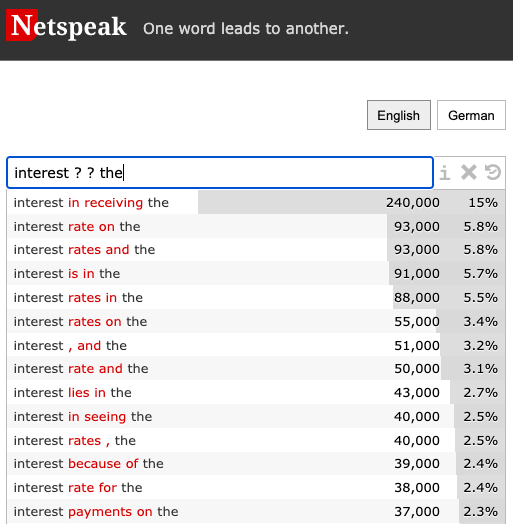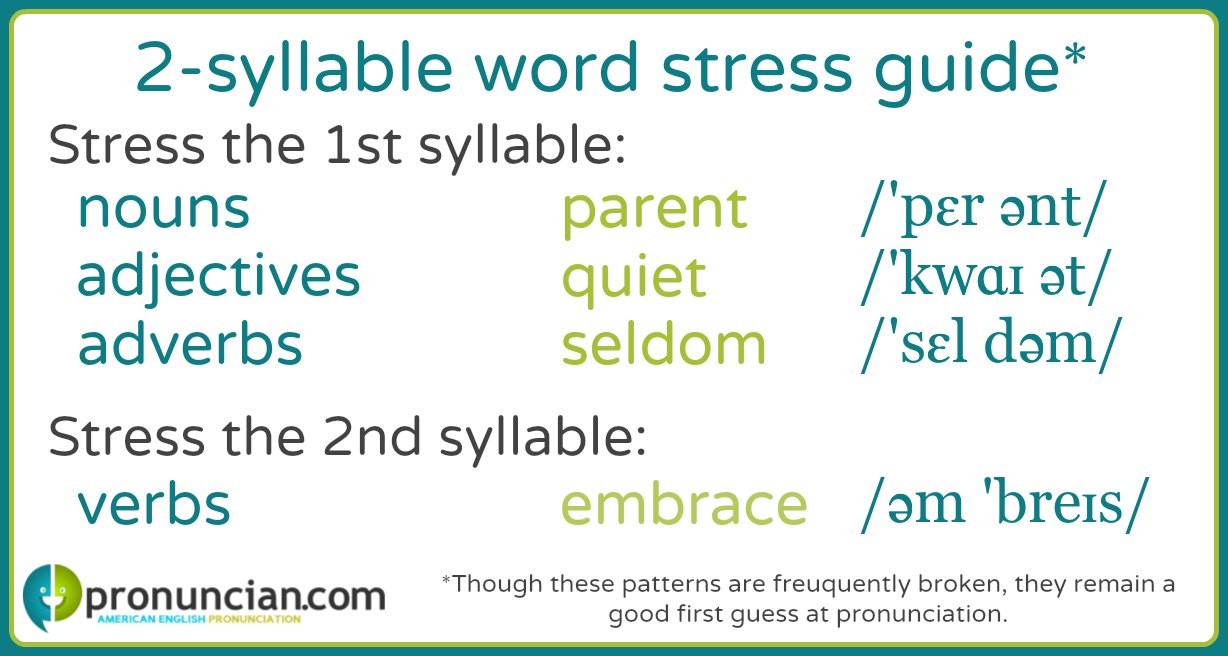
Koreans love to welcome people with a greeting This is the easiest Korean greeting that you can use in many situations. 안녕하세요 ( annyeonghaseyo) is one of the most common words in the Korean language you will hear anywhere. This is just a word but it is really important and useful in many different situations. The common way of agreeing is saying Ok (괜찮아요 / gwaenchanayo). Of course, there will be a lot of things that you won't be so sure about when you begin to learn Korean. On the other hand, when you are in doubt or unsure about something, 아마도 / amado is the right word for you. It is as important as the word Yes because you will not say Yes all the time. No is also one of the basic but most important words to learn in Korean. You can also hear people say 예 ( ye) which is a more casual way to say Yes in Korean. As a traveler, this is really essential especially in airports, shopping, dining, and traveling around the country. 네 ( ne) is used the same way it is used in the English language. Whatever the reason is, it is really commendable for you to start learning Korean so here's a list of Basic Words and Phrases in Korean for you to start with: 네 (ne) Play / 예 ( ye) Play

Most of all, people want to start learning Korean because they want to travel to Korea and start conversations with the locals. It may also be a requirement for an elective subject in school.

It can be because they are inspired by the Korean music and dramas they are listening to and watching. People have different reasons why they want to learn this language. There is a special reason why people want to learn Korean words and Korean phrases.
Popular 2 word phrases how to#
I will explain how to use them in the next step. The regional dialect included are Hamkyong, Pyongan, Hwanghae. P’yŏngyang- The standard dialect for North Korea.There are also regional dialects such as Kyonsang, Chungchong, Cholla, and Cheju Island. Seoul Dialect - The standard dialect for South Korea.Most of these dialects are mutually intelligible. Both dialects are distinguished and regulated by the national language policy of the country. There are two standard varieties of Modern Korean. Modern Korean, which is based on the Han dialect, became dominant all over the Korean peninsula and is widely used nowadays.

The Ancient Korean language was divided into two dialects namely Puyo (spoken in Manchuria and North Korea) and Han (spoken in South Korea). We all know that the whole country of Korea is divided into two- The democratic People's Republic of Korea ( North Korea) and the Republic of Korea (South Korea). Whatever its origin may be, it gave birth to an amazing language called Korean. Some also considered the Korean language as isolated. Because of the long history with Chinese and Japanese, determining its linguistic affiliation is really complicated. Other linguists also argue that Korean belongs to the Austronesian language family.

The most known origin of the Korean language is the Altaic language family of central Asia which includes Turkish, Mongolian, and the Tungusic languages of Siberia. The number of Korean speakers continues to increase because there are some countries like the Philippines, where the Korean language is taught as an elective course. Korean is also spoken in other large communities around the world such as the US (most from New York), Singapore, Thai, Guam, and Paraguay. Here is some useful information that you might want to take note of about the Korean language: Korean is spoken in North and South Korea, China (mainly provinces bordering North Korea), Japan, and Russia. Brief Introduction About T he Korean Language


 0 kommentar(er)
0 kommentar(er)
